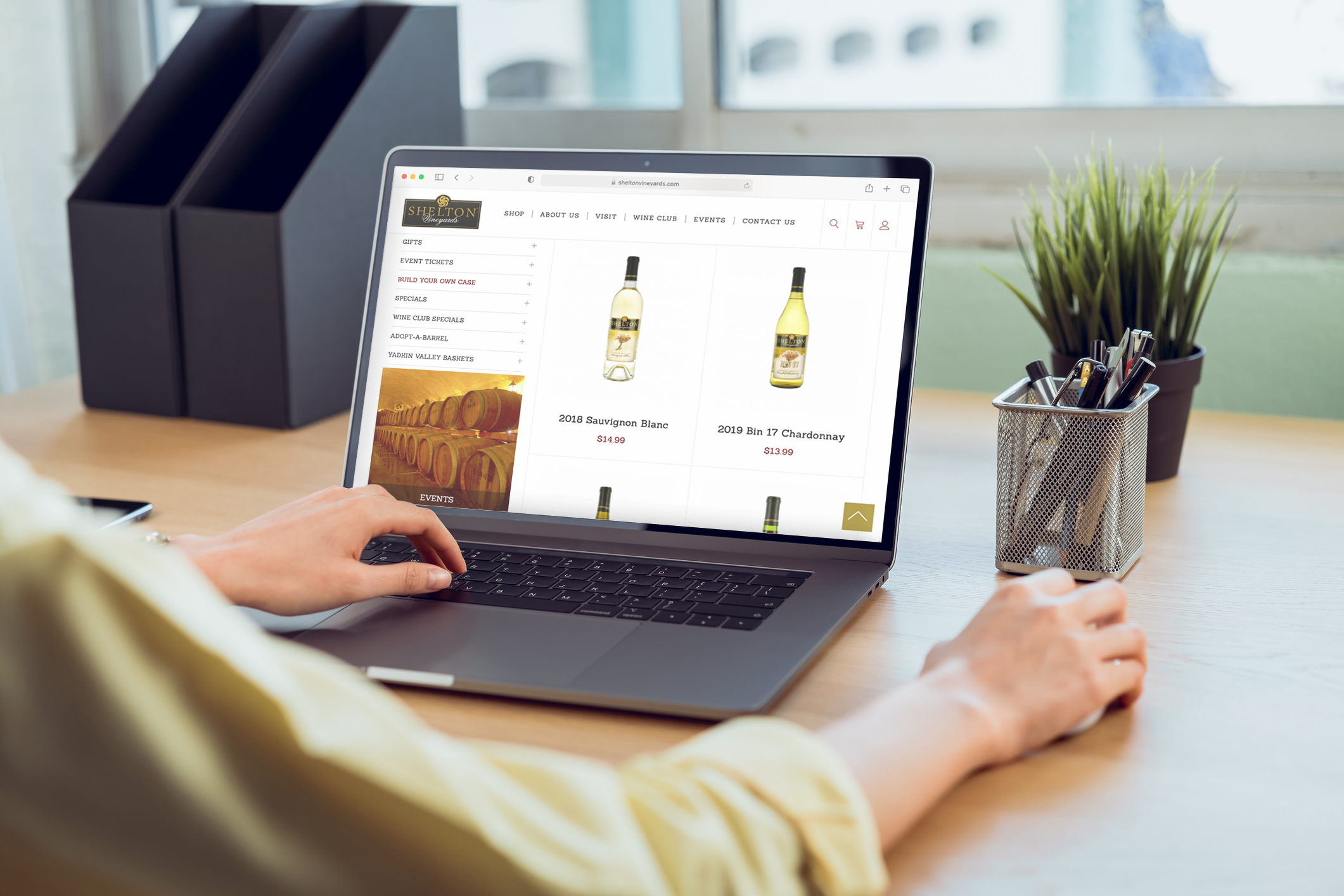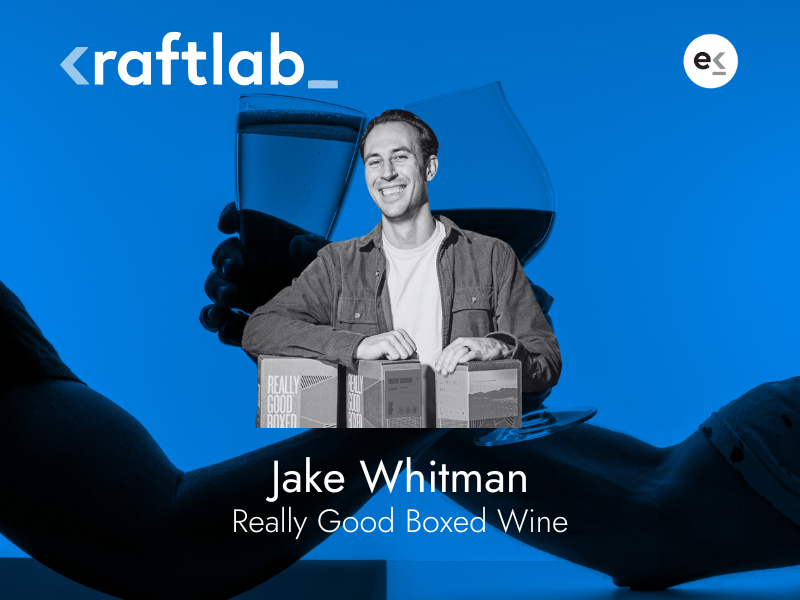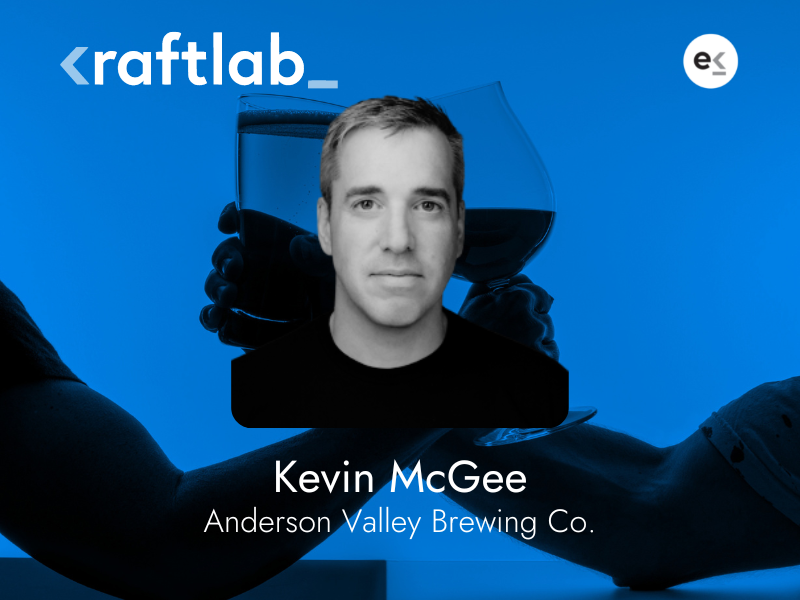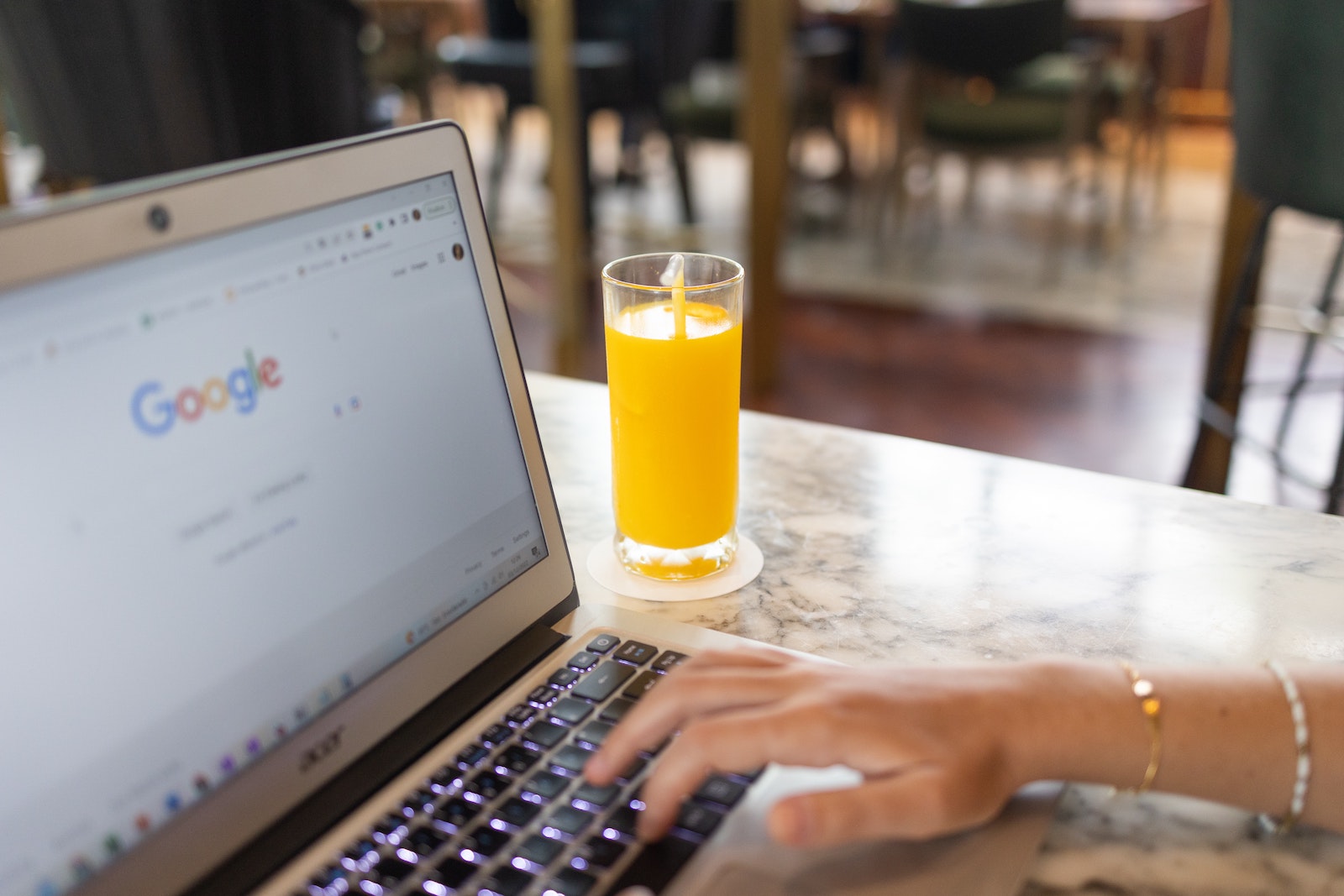Having a robust online presence is key to maintaining a well-rounded, healthy business model. This has only become more true since the pandemic began and businesses who relied heavily on in-person marketing and sales struggled to make ends meet. The pandemic simply illuminated a long-term trend in the winery space: brands must build strong online networks with ecommerce options in order to compete.
We know that setting up a website for your winery can be overwhelming and confusing. That’s why we created this comprehensive blog post that walks you through everything you need to know about designing and creating content for a wine website. If you don’t have a website yet, or you have very little updated content on your website, that post is a great place to start.
This post will expand on a topic we briefly introduced in that blog post: how to get more conversions from your winery website. Conversions are the most important reason you need a winery website.
Table of Contents
What Are Website Conversions?
A conversion is when someone makes a transition in your business’s sales funnel. For example, a conversion could be:
- When a website visitor decides to subscribe to your email newsletter
- When someone who follows your winery’s social media account purchases wine from your online shop
- When a vendor first decides to place an order for your product
For this article, we’ll be focusing specifically on website conversions.
Why Are Website Conversions Important?
Website conversions are key to any successful online marketing campaign. Marketing efforts, whether they be through advertising, in-person networking, sales representatives, social media, or your winery’s website, are generally deemed unsuccessful if they do not convert. Marketing costs money, both in the form of labor and actual monetary investment, so your business will expect to see tangible financial returns for these commitments.
In its purest form, a conversion takes someone from being familiar with your business to actively financially supporting it. But website conversions don’t always result in new paying customers. There are other measures of efficacy when it comes to website content, for example:
- Email newsletter subscribers
- Social media followers
- Social media engagement
- App downloads
- Product ratings
Eventually, the goal is always to convert website visitors into customers who repeatedly spend significant money at your winery. But the journey between someone who is casually interested in your winery and someone ready to pay real money can be a long one, especially if your wines are particularly expensive. The job of your website content is to make that customer journey as short, easy, and painless as possible. You want to create memorable content that engages your ideal customers, keeps them returning to your website, and gives you their information so that you can contact them directly via email.
How Do I Convert My Website Visitors?
Keeping Visitors in the Sales Funnel
As is the case with any sales funnel, you’ll naturally shed a few potential customers at every step along the way. You can increase your sales by keeping new leads within the sales funnel. Here are a few ways you can engage your website visitors with your sales process, in hopes of eventually converting them to paying customers.
Collect Email Addresses
Collecting email addresses from your website visitors is one of the most fundamental forms of sales conversion in our age of ecommerce. Think of it this way: without an email address for someone who came to browse your winery’s website, you’re left with few options to make contact with that person again and hopefully get them to return to your website or make a purchase. You could use website cookies to target advertising to these visitors, but advertising costs money with every click through, whereas collecting email addresses from potential customers is free.
Provide Value for Free
If you create content your ideal customer finds useful, you will naturally attract desirable leads and quickly convert visitors to paying customers. This is the basic principle of value-added marketing, which drives so much of sales today. One key component: the value you offer must be free, at least for the most part. It seems counterintuitive, especially if your priority is converting visitors to paying customers. But these days, the overwhelming abundance of free content and information available on the internet means you must provide substantial, meaningful content for free before you ask customers to pay for it.
So what kinds of valuable content can you provide that might interest your ideal customer profile?
- A podcast about wine tasting or behind the scenes of wine production
- Written interviews with those involved in creating your wine
- Insider information about marketing for wineries or the logistics of running a winery
- A case study about how your relationship with a local restaurant helps both businesses thrive
Gated Content
Just because content is free, though, doesn’t mean you can’t use it to keep potential customers progressing in your sales funnel. Gated content is content available for free, but only to website visitors who share their email address. The piece of content you use to incentivize people to subscribe, like a fun quiz or a cheat sheet for understanding wine, is called a lead magnet. Producing and offering gated content adds to your trustworthiness and gives potential customers a reason to visit your website again.
Make Content Visible
To get your website traffic to convert to email subscribers, you need to clearly promote your content, both gated and ungated, on your website. There are many ways you can seamlessly incorporate an email subscription form into your website design — talk to your web designer about it if you haven’t already. But that alone isn’t enough. We all hate pop-ups, but studies show that they can be incredibly effective at converting visitors to subscribers. If you aren’t willing to try pop-ups, consider working with a web designer and copywriter to create a catchy landing page, which can serve a similar purpose with slightly less annoyance factor.
Engage Email Subscribers
Engagement is the secret sauce of successful marketing campaigns. People who read your emails, interact with you on social media, and check out your content are more likely to stay invested and eventually make a purchase. Once you have a website visitor’s email address, it’s your job to take them from casually interested to engaged and informed enough to buy. Here are a few ideas for email campaigns that convert.
Provide Value for Free… Again
Providing free value is a great way to stay top-of-mind for your subscribers without making them feel like you’re a pesky ghost relentlessly haunting their email inbox. Your emails need to actually offer something to your subscribers; even if you’re just pinging them to remind them that you exist, they shouldn’t feel that way.
Offer Action Items
Do you want to invite your subscribers to attend an in-person wine tasting? To listen to your wine history podcast? To check out the wines on sale in your ecommerce store? An email list is your chance to speak directly with potential customers. Remember, the value you can add to their lives should come first in your messaging. Openly ask for support and give them easy ways to check out your online shop, if you have one.
Ask for Input
Consider sending out a survey to better get to know your customer base. You can run a giveaway for people who participate. Not only does it help you better understand your customers — it also keeps them invested in your success.
Making Sales
Let’s think about website conversions in the form of sales principles. After all, conversions are just another way to quantify actual or expected sales.
Conventional wisdom says that customers purchase due to desire for gain or a fear of loss, fear being the more powerful of these two motivating forces. Even though fear-based motivation is strong, you’ll want to strictly limit how much of this you employ in your marketing tactics.
Short-Term Deals
Probably the most common way we see retailers using fear-based motivation is with time-limited sales or limited releases. These can be a great way to utilize our inherent “fear of missing out” without using too much fear-related language in your marketing. Your winery can take advantage of this strategy by featuring small-batch and limited release wines. You can even give viewers concrete information about how many bottles were made.
Make the Gain Irresistible
Buyers are motivated to purchase by a desire to benefit from the products they’re thinking about investing in. So one way to encourage them to make a purchase is by making what they’ll gain from purchasing explicit in your marketing. Answer any questions they may have about the product in advance, and communicate to them what your products will do for their life.
Reduce Friction
Update your website content and design to get rid of barriers to purchase wherever you can. Whether that’s by replacing a dated phone ordering system with an easy-to-use ecommerce store, or by engaging a third-party service to help you follow up with customers who leave your web page with wine still in their shopping cart, your sales numbers will benefit by making it easier for customers to buy.
Troubleshooting Website Conversions
You’ve followed all of these suggestions to boost your website’s conversions and make more sales, but it’s just not playing out. Here are a few more things you can try.
Boost Traffic
If your attempts to get sales through your website are falling flat, it’s worth looking into your website’s traffic. Are you getting enough pageviews to expect sales and subscribers? Are your ideal customers finding your website? You may need to invest in advertising or other strategies for increasing your website traffic.
Optimize Your Website Design
How long has it been since your team redesigned your winery’s website? The conventions of retail websites change so quickly that a website from even five years ago sticks out like a sore thumb to a savvy online shopper. It may be worth investing in a digital facelift.
Ecommerce Reigns Supreme
Does your business have an online store built into your website? If not, does your website send viewers to another place where they can easily buy your wines online? Though many states do have tricky laws concerning online sales of alcoholic beverages, it’s still important to maintain an online storefront to ship to those places that allow it. Today’s consumers expect an easy, online-only purchasing process for nearly every product in their lives, and wine is no exception.
Remember Your Ideal Customer
Who is your business’s ideal customer? Are they a buyer for a restaurant or country club? An individual wine aficionado? Someone just learning about the world of wine? Get as specific as you can. Use data from past marketing initiatives and website traffic to learn about who you’re selling to.
Any content you create with the purpose of converting website visitors needs to have this ideal customer in mind. What problem are you solving for them? How can you make the value you’re selling irresistible to them?
Send In-Person Customers Online (and Vice-Versa)
If you run a tasting room or offer tours of your winery, take advantage of that direct face-to-face contact with customers to promote your online presence. Make information about your website and social media clear and noticeable. The same goes for sending online customers to your in-person presence. Share information about in-person events in your email campaigns to make your product more tangible.
It is challenging to convert website traffic to concrete sales, especially if your ecommerce store is still under construction! But with the rise of online retail, it’s vital that your marketing team make an effort to engage your website visitors and convert them to paying customers whenever possible.



